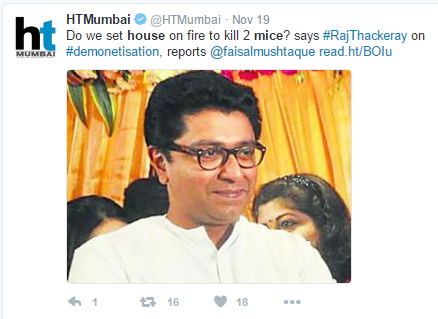“Government of India encourages people to move towards a Cashless Economy” reads the opening sentence of a flash message that you can encounter these days on almost all of the websites related to the Indian Railways, including the hugely popular IRCTC e-ticketing portal.
IRCTC is special. Not only because it has improved itself so much that all “slower than IRCTC server” jokes have vanished, it is a big success story of technology adoption in India.
Consider this: according to estimates, not more than 10% of all transactions in India are cashless or digital, which proves that there is a long way to go before India becomes a cashless or less-cash economy. However, if you look at train ticket reservations, almost 60% of ticketing happens through IRCTC i.e. cashless transactions!
It will not be unreasonable to assume that Indian Railways – a mammoth on which almost 20 million people daily depend for their travelling needs – would have introduced many citizens to the convenience and effectiveness of cashless transactions through IRCTC. They would have gained confidence in this concept of digital transaction and would have tried the same on other e-commerce websites.
Now when the government is trying for a major push towards cashless economy – latest being the demonetisation move – Indian Railways can play a crucial role again, and this time through another ticketing offering – of unreserved tickets.
A considerable proportion of those travelling in trains using unreserved tickets happen to come from that socioeconomic class which the government is trying to include in banking system and educate about cashless transactions.
In such a scenario, a drive among this class telling them to adopt UTS (Unreserved Ticketing System) mobile apps can go a long way in educating them about cashless transactions and making them comfortable about digital economy.
However, before that step is taken, Indian Railways have to make sure that the UTS app is revamped and upgraded to make it easier and more efficient.
For those who don’t know, this article provides a walk around the Android app of UTS. It also lists some issues I could find that. I hope the Railways takes note of these – and other issues that readers or users point out – and comes up with an improved app that can prove to be crucial in realising the dream of a cashless economy:
The UTS mobile application was introduced in 2015, which enabled users to book ordinary unreserved tickets online and platform tickets. Currently it is available only for Android and Window users. There is also a UTS website but it can’t be used to book tickets.
You can download the app and register using your mobile number, which it verifies, and once the profile is ready, you get this screen:

Now the first problem is that the app is not fore entire India. It is mostly for suburban railways in major Indian cities, and that needs to change.
The poor people whom this government is targeting to be included in the cashless economy, travel long distances in unreserved coaches. It will be a good start for them if they start using this facility to book their tickets, and for that inter-city unreserved travel routes have to be introduced:

The app has the e-wallet concept (R-Wallet as you can see in the home screen), which you have to recharge in order to book tickets. There comes the second problem.
To recharge or topup the e-wallet, you either need to go to counter (which is not cashless) or do it via Paytm’s gateway with an extra Rs 10 charge. Good for this government that Arvind Kejriwal has not yet noticed it, else he would have claimed it as another proof of “deal” between Paytm and Narendra Modi!
Payment options for credit cards or government’s own initiative of UPI needs to be incorporated:

There is another issue of the app compulsorily requiring a GPS enabled smartphone. GPS is required to ensure one is at least 4 meters away from a railway line so as to prevent people from booking tickets at a platform or in a train to avoid a fine as soon as they see a TTE (Train Ticket Examiner) approaching.
Perhaps the TTE can ascertain the same by looking at the time of booking the ticket? Doing away with the GPS check will save some time as sometimes people are not able to book tickets when GPS signal is weak (even though data connectivity is there). My mother sometimes has to go to the terrace to book the tickets!
Nonetheless, despite current shortcomings, the app works:

Overall as it stands, the UTS app isn’t the easiest to use with its high security features, limited payments options, and low available routes. It can also appear daunting to someone less inclined to technology.
But as they saw you need to start from somewhere. Right now it might appear a bit too fantastical that poor people will use smartphones and UPI or bank cards to book unreserved tickets. But who knows, with Jan Dhan accounts getting Rupay cards and smartphone penetrations destined to grow, UTS app could indeed be the major catalyst in changing the consumer behaviour, which is needed to move towards a cashless economy.



























